Discover peace, culture and unforgettable photos in Kyoto
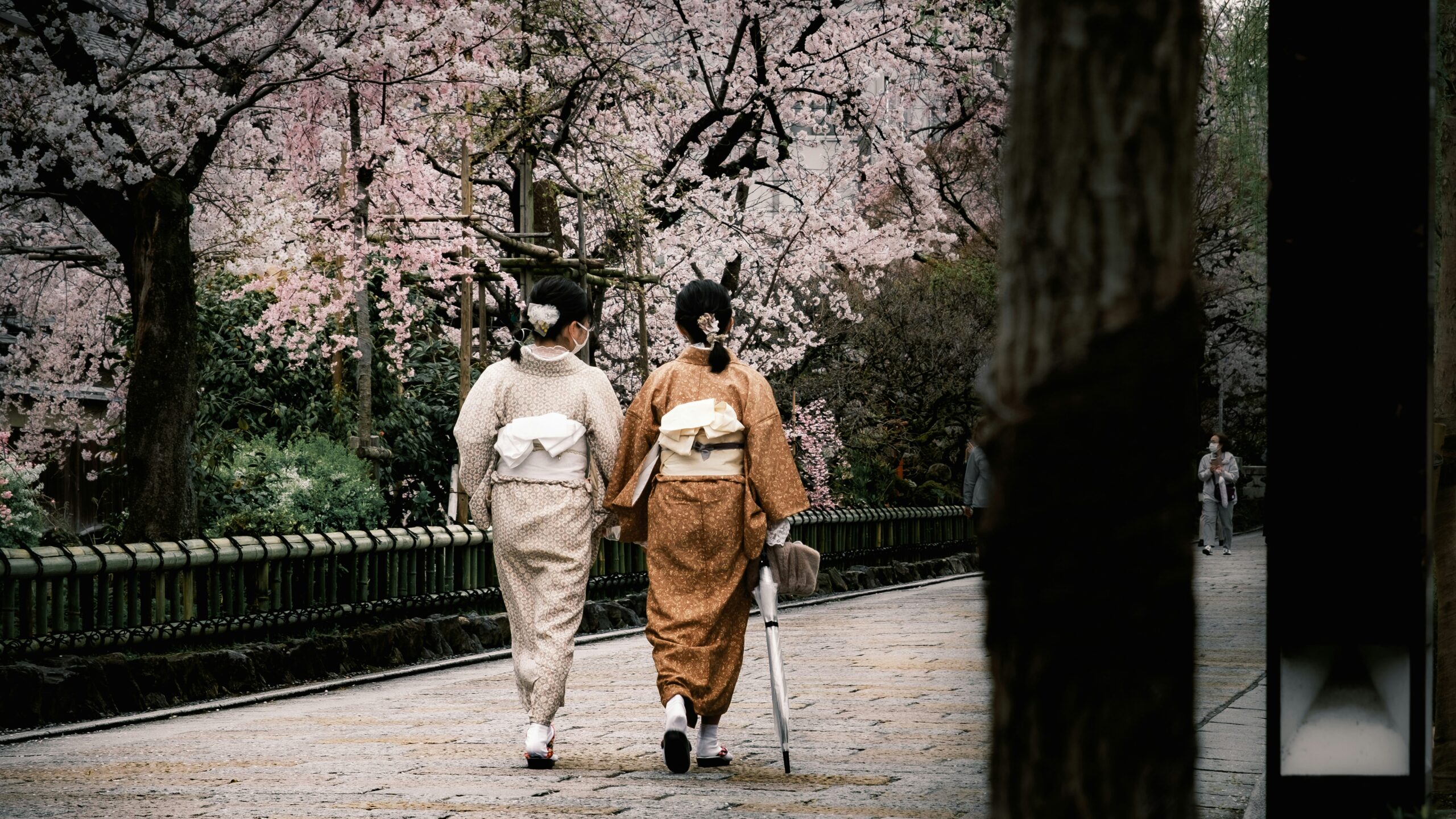
Introduction
If you’re planning a visit to Kyoto, Japan, one of the most magical ways to experience the city’s spiritual heart is to rent a kimono and stroll through the historic Zen temples. Combining traditional dress with Japan’s serene religious architecture makes for not only an immersive cultural experience—but also stunning photographs. At AllPhoto Kyoto we specialise in helping visitors look their best and create lasting memories.
In this blog we’ll guide you through the five major Zen temples of Kyoto, show why donning a kimono adds so much to the experience, share practical tips on how to make the most of your day, and show how your visit can become a perfect photo-story. Whether you’re visiting solo, as a couple or with a group, this itinerary offers a distinctive way to explore Kyoto’s spiritual side.
Why Rent a Kimono in Kyoto?
Wearing a kimono while exploring Kyoto’s temples is more than just a costume—it’s an immersive cultural moment. Here are some reasons why:
- It sets the tone: Sliding into traditional Japanese attire puts you in the right mindset for a contemplative, respectful visit.
- Photo-worthy: The vibrant colours and elegant lines of a kimono work beautifully against the muted, timeless surroundings of Zen temples and gardens.
- Memorable experience: Few things announce “I was here” quite like a kimono-clad stroll in Kyoto.
- Cultural connection: Many temples allow or encourage respectful attire, and wearing a kimono shows appreciation for tradition.
When you combine a kimono rental with a temple tour, you get a seamless experience: you look the part, feel the part, and have the photos to prove it.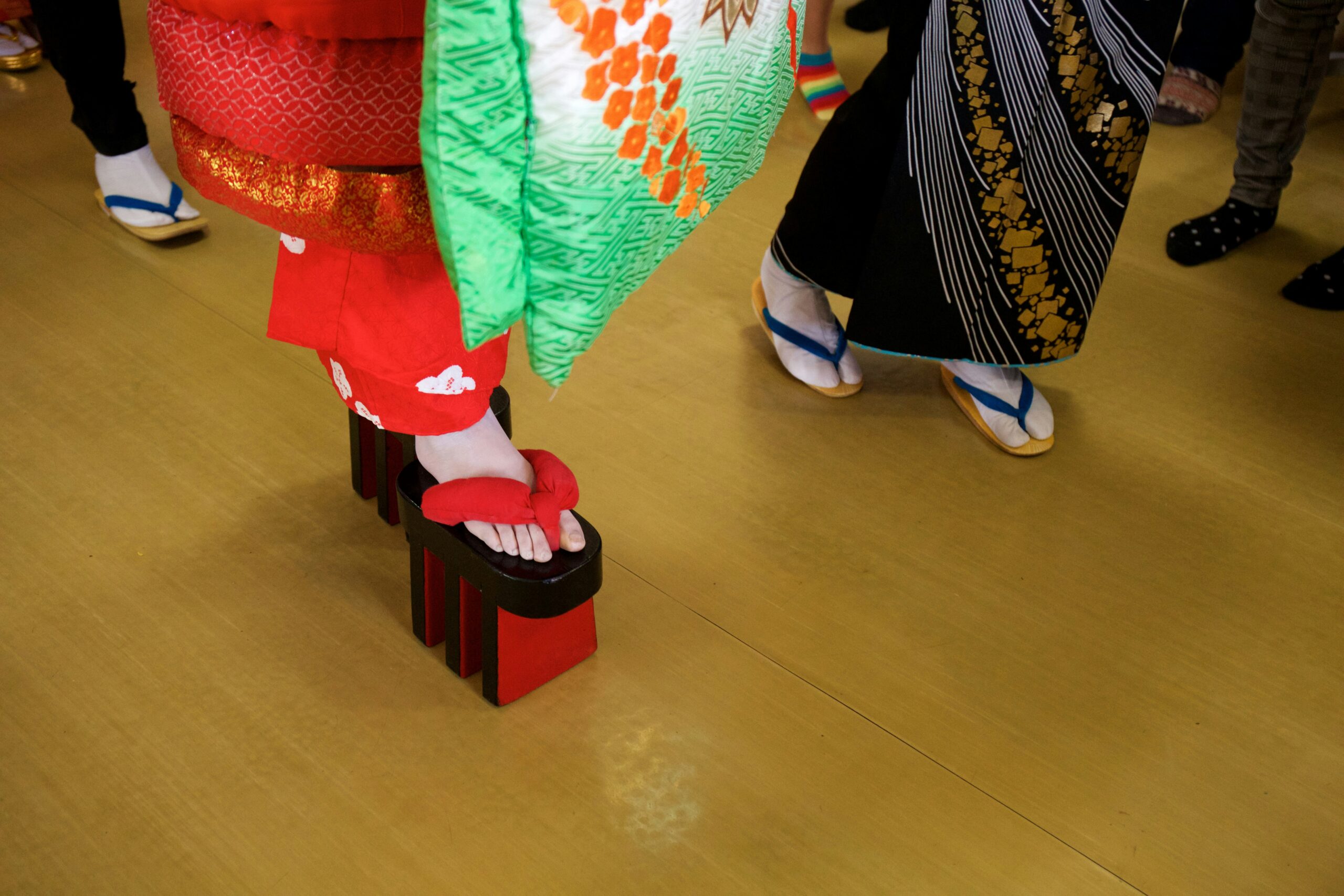
Traditional kimono obi sash detail – an essential element of authentic Japanese dress
The Five Great Zen Temples of Kyoto
The term “Five Great Zen Temples” (in Japanese: 京都五山, Kyōto Gozan) refers to the five head temples of the Rinzai Zen sect designated in the Kamakura and Muromachi periods. Wikipedia These temples are historically significant and rich with atmosphere. Below is a tour-style description of each, including what to look for and how to enjoy it in your kimono.
1. Tenryū‑ji (天龍寺) – First in Rank
Located in the scenic Arashiyama area (western Kyoto), Tenryū-ji is not only one of the most important Zen temples, but also registered as a UNESCO World Heritage Site. Wikipedia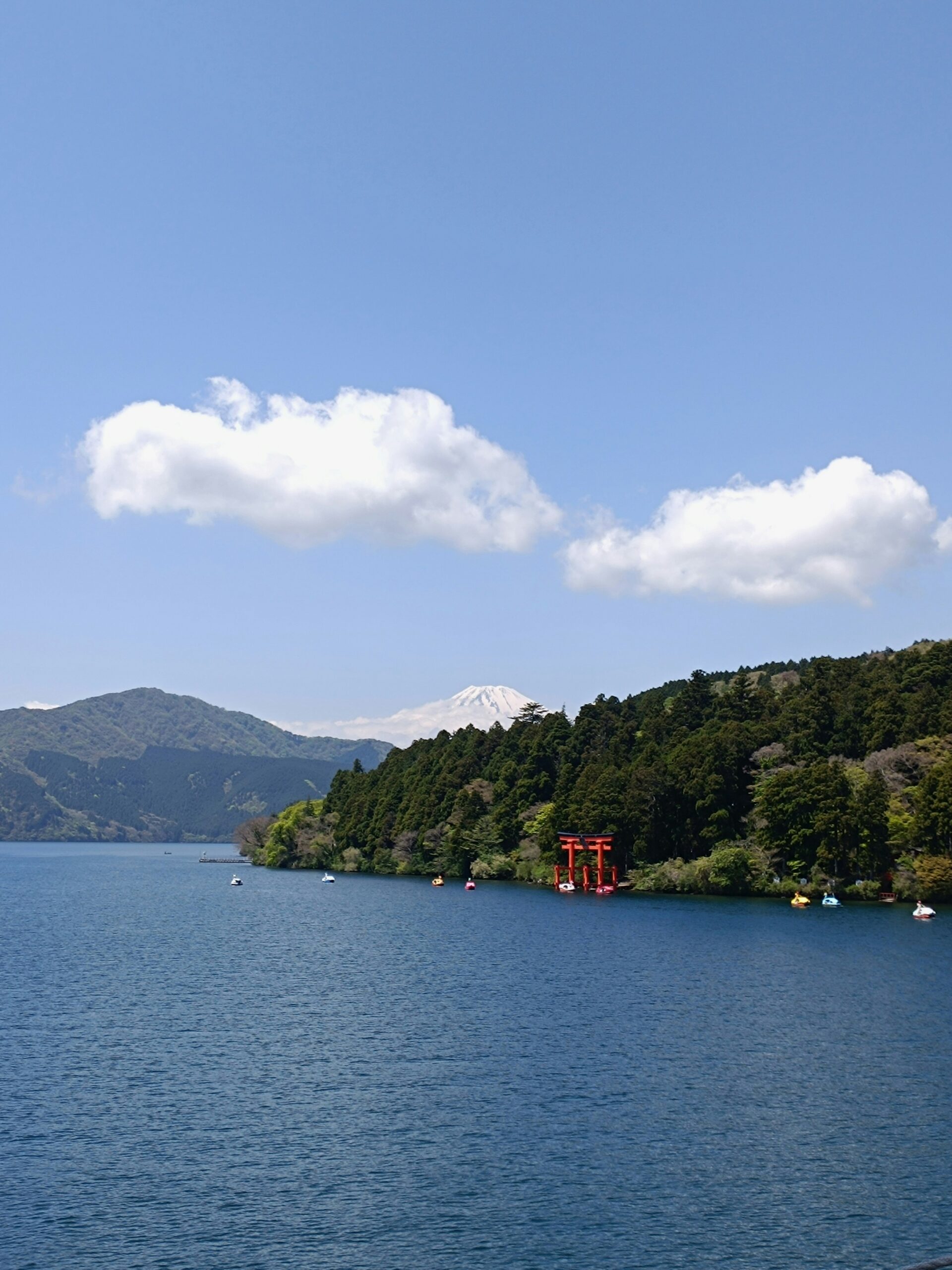
Tenryū-ji Temple’s stunning Sōgenchi Garden – perfect backdrop for kimono photography
What to see:
- The Sōgenchi Garden, designed by the famous Zen monk gardener Musō Soseki, offers a perfect circular stroll, reflecting the towering trees and flowing stream. Wikipedia
- The temple’s halls and gates present a calm, profound backdrop for kimono photography: imagine standing in front of the lecture hall with your kimono flowing, the traditional architecture behind.
Tip for your visit: Go early in the morning if you can—the Arashiyama area gets busy later in the day. Wearing a kimono here will add a timeless element to the natural surroundings.
2. Shōkoku‑ji (相国寺) – Second Rank
Shōkoku-ji is a large and historically rich Zen temple in Kyoto, one of the head temples of the Rinzai sect.
What to see:
- The Dharma Hall (Hattō) built in 1605, one of the oldest Buddhist lecture halls in Japan.
- Sub-temples with smaller dry gardens and mossy pathways—great for intimate kimono portrait shots.
Tip for your visit: Since Shōkoku-ji is less tourist-overrun than some others, you’ll find quieter corners to admire and photograph. A kimono here enhances the stillness and grandeur of the setting.
3. Kennin‑ji (建仁寺) – Third Rank
Kennin-ji is famed as the oldest Zen temple in Kyoto (founded in 1202) and rich in artistic treasures. Wikipedia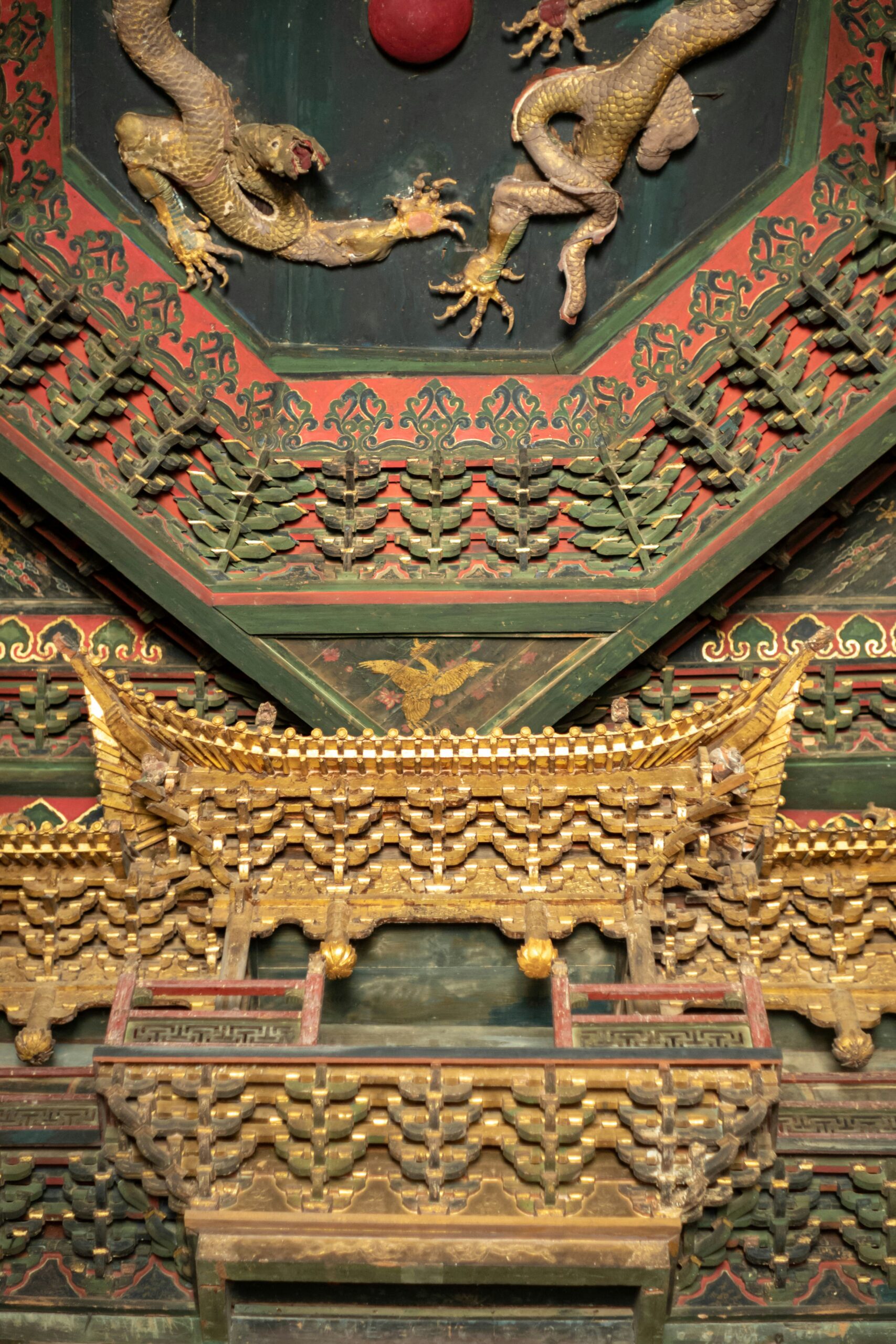
Kennin-ji’s magnificent Twin Dragon Ceiling – a breathtaking artistic treasure
What to see:
- The “Twin Dragon Ceiling” painting by Koizumi Junsaku, measuring 11.4 × 15.7 m, located in the main hall.
- The small moss gardens (“Chō-ontei Garden”) with quiet stone paths—ideal for reflective, graceful kimono images.
Tip for your visit: Bring a mindset of calm—this temple retains a strong spiritual ambiance. Your kimono outfit fits beautifully into the refined setting: consider walking slowly and letting the image tell the story of serenity.
4. Tōfuku‑ji (東福寺) – Fourth Rank
Tōfuku-ji is notable for its large grounds, scenic gardens and historic structures like the Sanmon gate (oldest in Japan). Wikipedia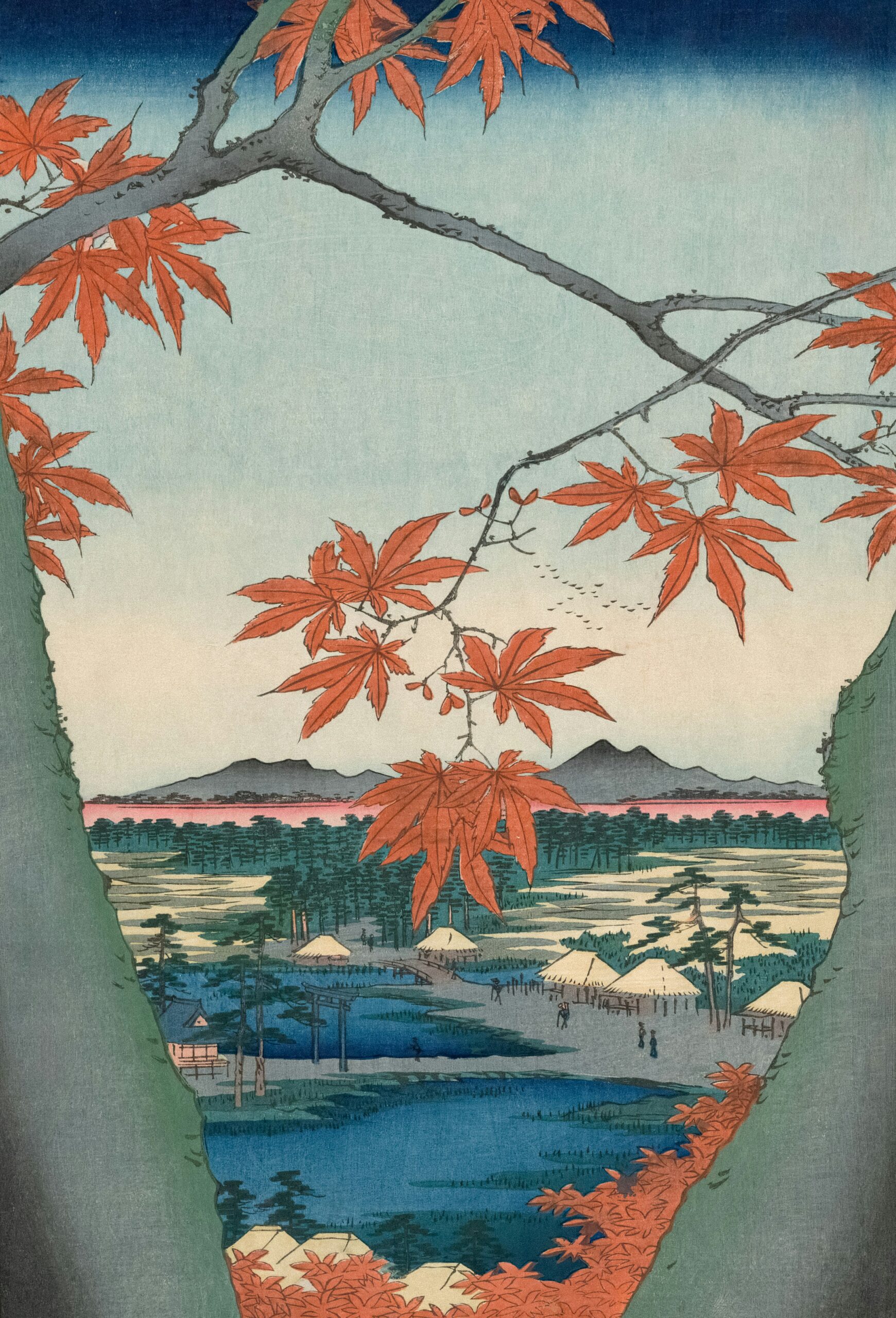
Tōfuku-ji’s iconic Tsūten-kyō bridge with spectacular autumn colors
What to see:
- The Tsūten-kyō bridge that spans a valley of maple trees—especially stunning in autumn.
- The Hojo gardens designed by landscape architect Mirei Shigemori, blending traditional and modern garden design. Wikipedia
Tip for your visit: If you’re wearing a kimono, you’ll likely draw attention (in a good way). Move slowly on the wooden bridge and pause for a photo—your outfit plus autumn colours plus the temple architecture = Instagram-worthy moment.
5. Manjū‑ji (萬寿寺) – Fifth Rank
Manjū-ji is a sub-temple of Tōfuku-ji and less visited by large crowds, making it a quieter conclusion to your temple tour. Wikipedia
What to see:
- The more intimate temple grounds offering a moment of calm after the larger sites.
- Ideal place for reflective photos in your kimono, perhaps seated on a moss-covered stone or near a small pond.
Tip for your visit: Since this is off the typical “big name” list for many travellers, wearing a kimono here gives you a more personal experience. Take a few minutes to breathe and soak in the atmosphere.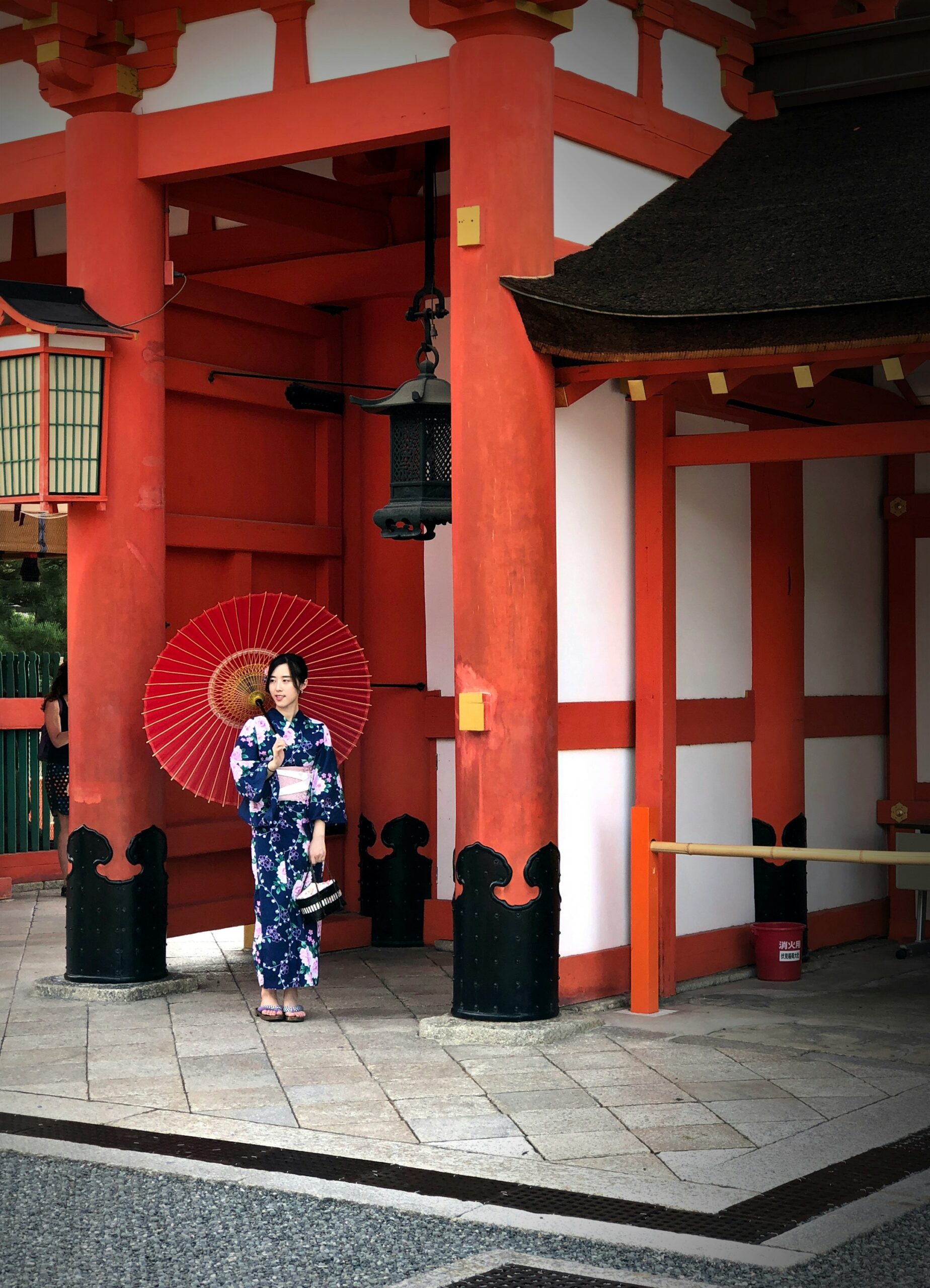
Traditional temple gate architecture – perfect frame for your kimono portraits
How to Structure Your Kimono-Temple Tour
Morning: Kimono Rental & Preparation
Start your day by arranging your kimono rental ahead of time (e.g., with AllPhoto Kyoto). Choose your outfit, have hair styled (if offered) or bring a simple accessory like a kanzashi hair-pin. Make sure your kimono is comfortable, your footwear appropriate, and you understand how to walk gently.
Mid-morning to noon: First temples
Begin with Tenryū-ji in Arashiyama (especially if you’re staying nearby or want scenic nature). Then head to Kennin-ji or Shōkoku-ji depending on your route.
Afternoon: Main temples + photo stop
After lunch (ideally near a quiet café or garden), continue to Tōfuku-ji and then finish with Manjū-ji. Make sure to pause at scenic spots for photos: under torii gates, in dry gardens, by ponds. Your kimono will stand out elegantly against the historic backdrops.
Evening: Wrap-up and optional photo service
Book a photo session with AllPhoto Kyoto (via https://allphoto-kyoto.com/) and let professionals capture you in your kimono amidst the temple backdrop. These photographs become lasting mementos of your Kyoto experience.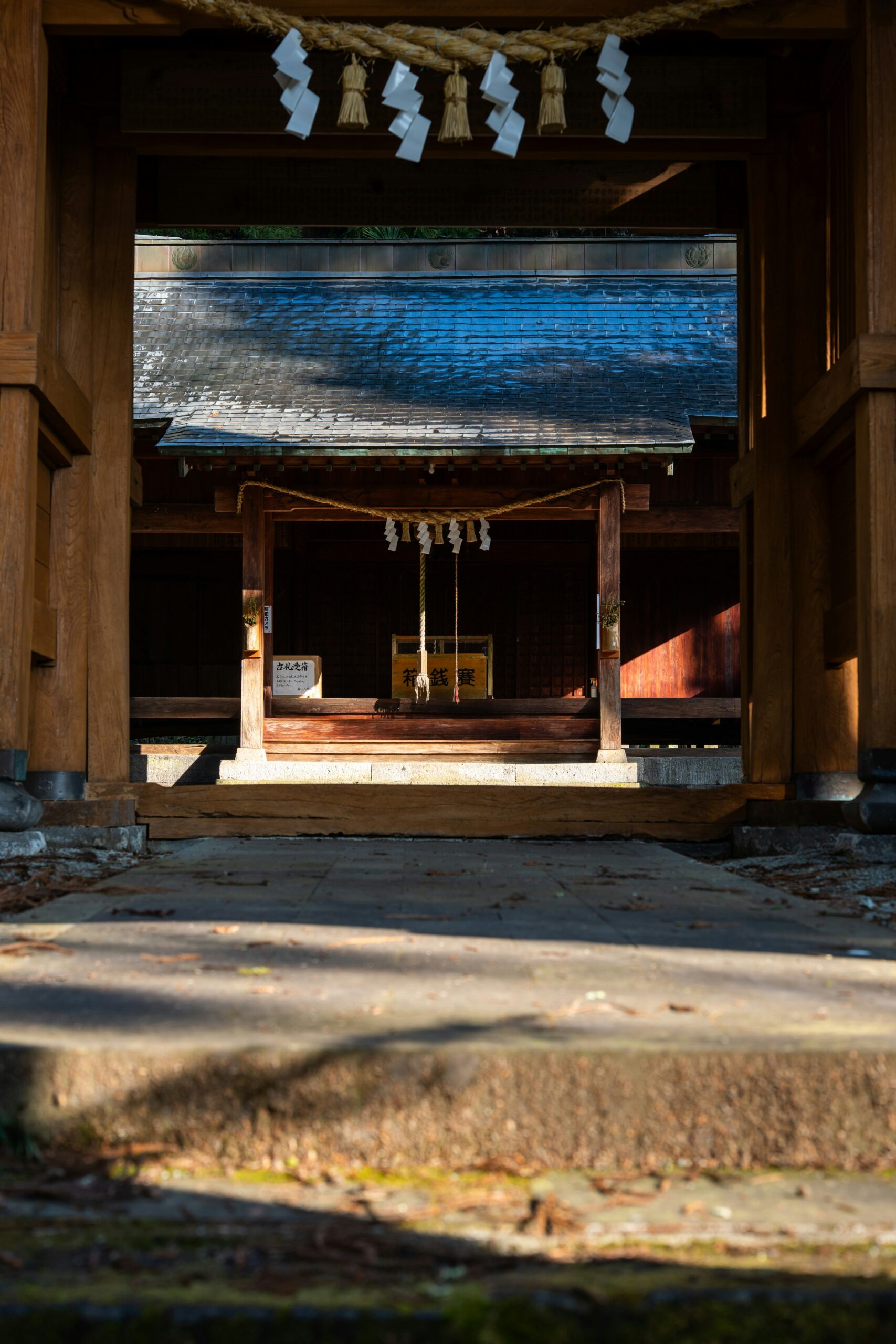
Professional kimono rental experience with styling and photography services
Practical Tips for Your Visit
- Book your kimono rental in advance, especially in peak season (spring cherry-blossom or autumn foliage).
- Check temple opening hours—some sub-temples or gardens may close earlier. For example, many Zen temples in Kyoto open around 10:00 am and close between 4:00–5:00 pm. Japan Experience
- Wear comfortable footwear: While zōri sandals are traditional, you might want to bring a small pair of comfortable shoes for walking between sites.
- Be respectful: In temples, speak quietly, remove hats/handbags, follow signage. A kimono encourages you to slow down and blend into the calm environment.
- Weather-check: Kyoto weather can vary. In cooler months bring a shawl or outer wrap with your kimono.
- Photography tips:
- Early morning or late-afternoon light is golden—perfect for kimono portraits.
- Use paths and gates as natural framing devices: over-shoulder shots, diagonal walking shots.
- Include foreground interest (kimono wearer) + background (temple architecture/garden) for depth.
- Transportation: Many of these temples lie in different parts of Kyoto—plan your route so you are not zigzagging inefficiently. Bus pass or day pass can help.
- Time allocation: Give each temple at least 45–60 minutes to fully appreciate it and capture photos. With five temples you may need a full day.
- Kimono fitting & comfort: Some rentals include hair styling, accessories. Make sure you understand what’s included. At AllPhoto Kyoto you can capture your visit in photographs too.
Why Your Experience Matters
Visiting Kyoto’s Zen temples in a kimono isn’t just another tourist tick-box—it is a chance to step into a different rhythm. Zen temples, with their rock gardens, moss, quiet corridors and ancient gates, invite contemplation. When you wear a kimono, you physically participate in the tradition, the elegance and the stillness of the setting.
At the same time, you generate memories and images that last. Your kimono photographs aren’t just travel snapshots—they tell a story of place, culture and personal transformation. And when captured by professionals, those images become heirlooms.
Wrapping It Up – Your Perfect Day in Kyoto
- Morning: Kimono rental, hair/accessory styling, departure for Tenryū-ji.
- Mid-morning: Kennin-ji or Shōkoku-ji, explore gardens, take photos.
- Lunch: Pause in a traditional café or small alley in Higashiyama.
- Afternoon: Tōfuku-ji’s sweeping views; then Manjū-ji’s quiet end.
- Late afternoon / early evening: Optional photo session with AllPhoto Kyoto, change out of kimono, relax.
- Evening: Review your photos, perhaps enjoy a stroll in Gion (bonus) or a quiet dinner reflecting on your day.
Final Thoughts
If you want a genuinely memorable Kyoto experience, combining kimono rental with a tour of Kyoto’s five great Zen temples is a winning formula. You’ll immerse yourself in history, culture and beauty—and create photos that speak of a deeper encounter with Japan’s spiritual heart. At AllPhoto Kyoto (https://allphoto-kyoto.com/) we’re ready to help you make it happen.
Don’t just visit Kyoto—become part of it, even for a moment. Wearing a kimono among the silent paths and gardens of these Zen temples is more than sightseeing: it’s an experience you’ll remember long after you’ve returned home.


コメント